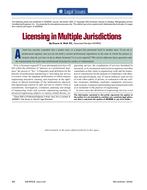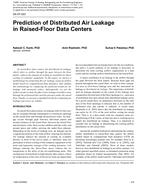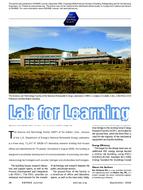An expert system program has been developed to perform the initial selection and design of waste heat recovery heat exchangers. In this selection phase, candidate heat exchanger types are selected from a database containing 16 heat exchanger types and their characteristics. These characteristics include possible working fluids, maximum temperatures, pressures, and flow rates, and ratings for fouling, cleanability, maintenance, thermal expansion and shock, toxic fluid use, condensing and evaporating service, heat transfer efficiencies, and cost. After the application information is input, the program checks a list of 35 applications to select a heat exchanger that would typically be used for that application. If the application is not in the list, then the application information is used to first eliminate the heat exchanger types that cannot be used and then to rank the remaining possible types according to the importance of the heat exchanger characteristics for the particular application. Once the heat exchanger type has been selected, the heat exchanger size is calculated in the initial design phase. The program logic was written using a rule-based production systems language with the numerical calculations being performed by calls to Fortran subroutines. Includes brief introductions to expert system programming and heat exchanger selection and initial design, a description of the programming logic and production rules, results of sample cases, and a discussion of the limitations, problems, and benefits of the languages and procedures used to develop the program.
KEYWORDS: expert systems, heat exchangers, heat recovery, industrial, computer programs, selecting, databases, properties, computers, temperature, pressure, designing, fluid flow, maintenance, thermal movement, heat flow, costs.
Citation: Symposium Papers, Atlanta, GA, 1990
Product Details
- Published:
- 1990
- Number of Pages:
- 10
- File Size:
- 1 file , 1.3 MB
- Product Code(s):
- D-18558


